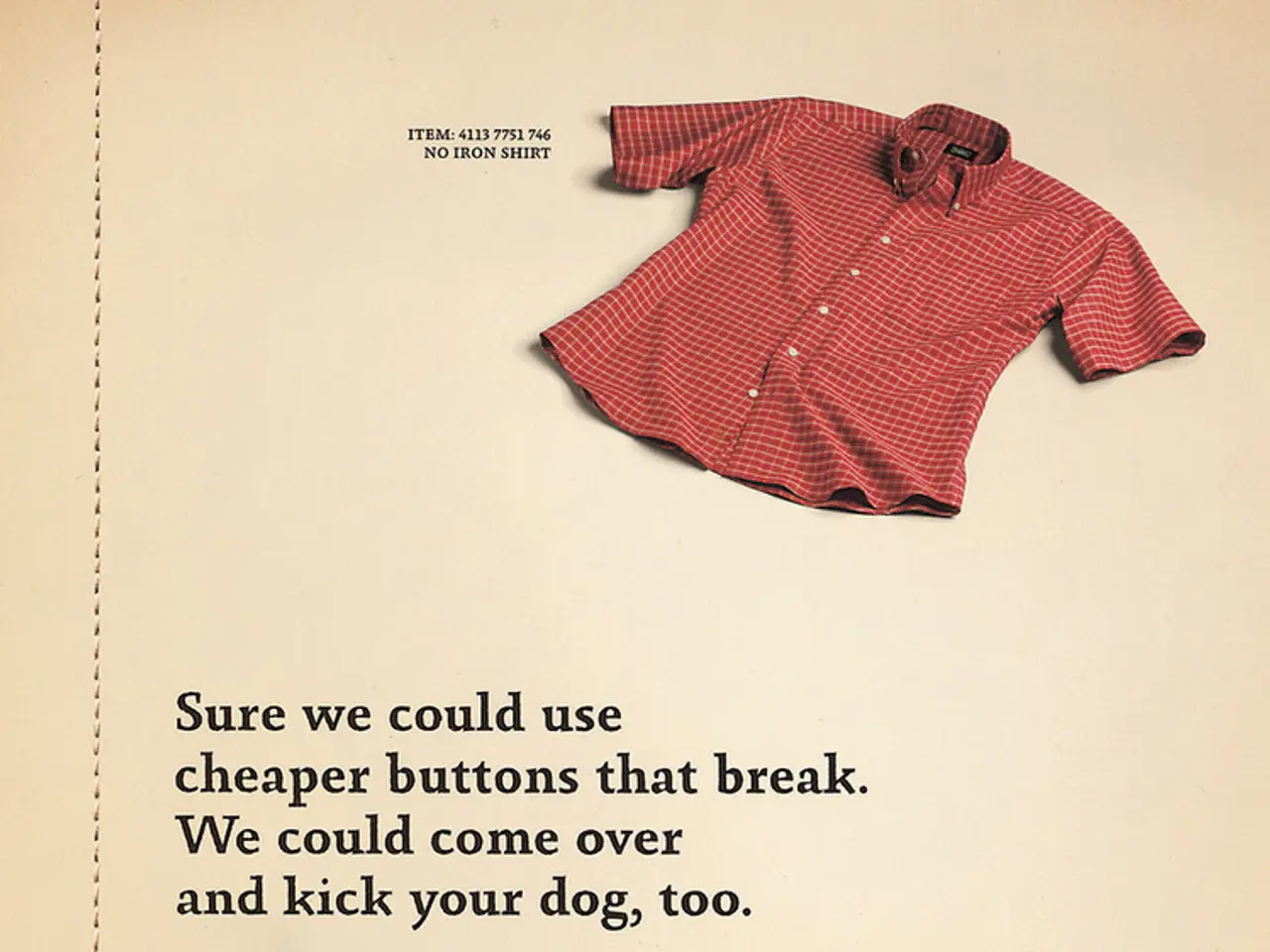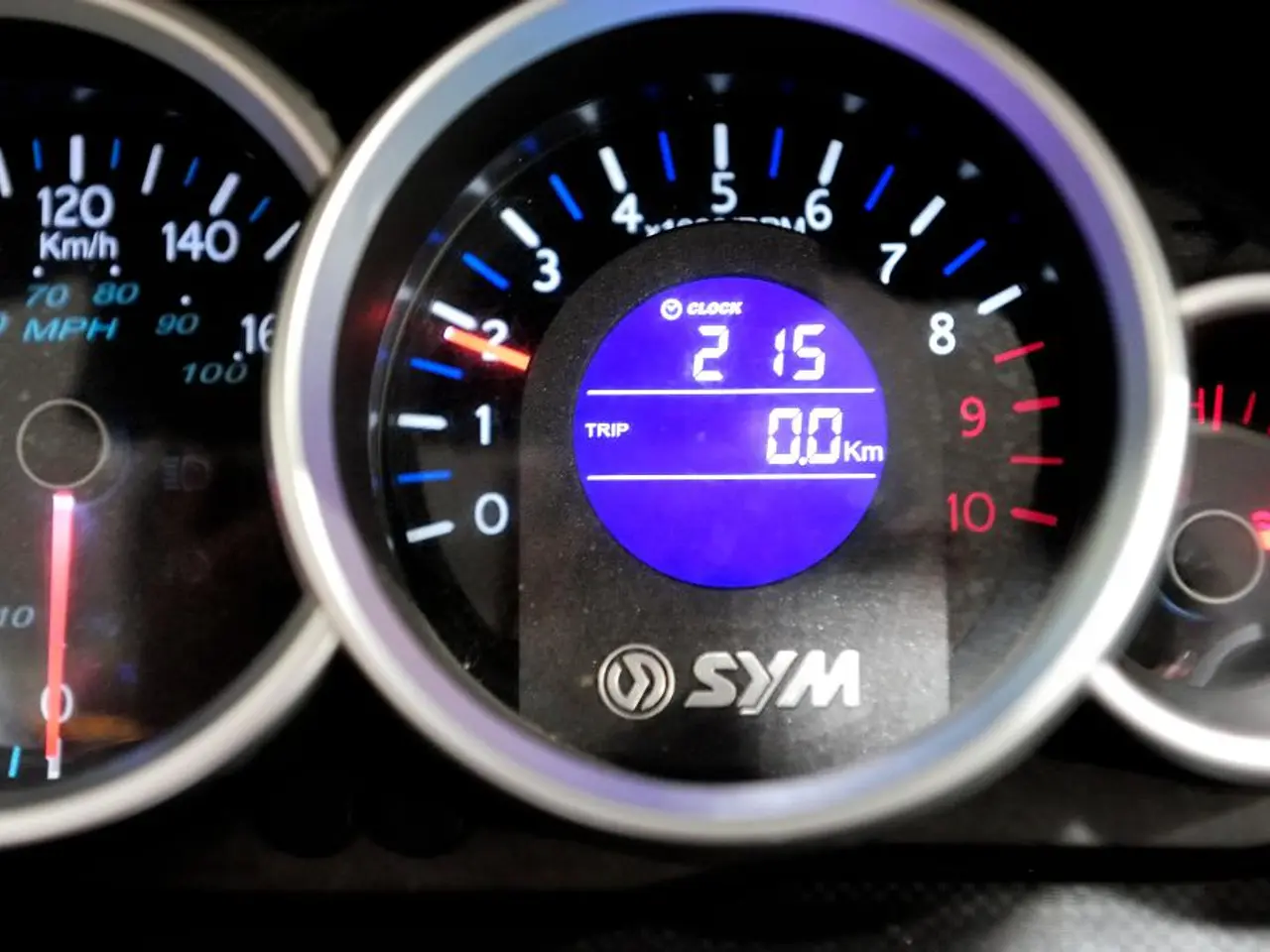User Flows in UX Design: Their Significance and Importance
User flows are an essential aspect of UX design, providing a clear picture of a user's journey through an app or website. By understanding the user's path, designers can identify potential barriers and improve usability. Here's a comprehensive guide on creating effective user flows.
Defining Objectives
Start by identifying the objectives for both your business and the end-users. Understand what success looks like for users and what problems the flow aims to solve.
Creating User Personas
Build detailed personas that capture users' roles, technical proficiency, goals, and pain points. This allows you to tailor flows to distinct user needs and contexts.
Mapping the User Journey
Outline the sequence of user actions, entry points, decisions, and navigation paths users take to complete a task, considering typical behavior and potential drop-off points.
Designing Flow Structure
Sketch or prototype the flow concept and framework first, focusing on logic and paths rather than detailed UI. Test with a few users early to validate the concept.
Building Engagement
Use interactive elements like action buttons, progress indicators, short surveys, and conditional logic to keep users engaged and personalize steps where needed. Balance passive information with active participation.
Keeping Flows Concise
Limit the number of steps (under six when possible) to reduce drop-off and increase completion rates. Each step should have a clear purpose aligned with user motivation.
Accounting for Human Behavior
Plan for errors, distractions, and complexity by designing forgiving flows that accommodate retries, changes, and interruptions.
User Testing & Iteration
Continuously refine flows based on user feedback and behavioral data. Test usability of both structure and interface components.
Preparing for Implementation
Finalize specifications, edge case handling, and handoff documentation for development.
Following these best practices helps build clear, efficient, and user-centered flows that improve engagement and task success in UX design.
Summary Table
| Step | Key Focus | |-------------------------------|-----------------------------------| | 1. Define Objectives | Business and user goals | | 2. Create Personas | User needs, skills, and context | | 3. Map Journey | Full user path and decisions | | 4. Structure Flows | Concept, logic, and prototype | | 5. Build Engagement | Interactive elements and feedback | | 6. Limit Steps | Keep flow brief to reduce drop-off | | 7. Handle Human Behavior | Error tolerance and interruptions | | 8. User Testing & Iteration | Validation and refinement | | 9. Prepare for Handoff | Specs and documentation |
In the future, UX design regarding user flows is predicted to change significantly with technology development and user expectations, including the frequent use of artificial intelligence and machine learning in personalizing user experiences. However, common mistakes to avoid include making the flow too complicated, not incorporating user feedback, and not considering the user's mental model. Overlooking edge cases should also be avoided by considering alternative scenarios and user behaviors during user flow creation through extensive user research and testing.
Technology advancements will likely revolutionize user flow design, incorporating artificial intelligence and machine learning for personalized user experiences. Yet, it's crucial to steer clear of common pitfalls like creating overly complex flows, ignoring user feedback, and neglecting edge cases in the design process by conducting thorough research and testing.




